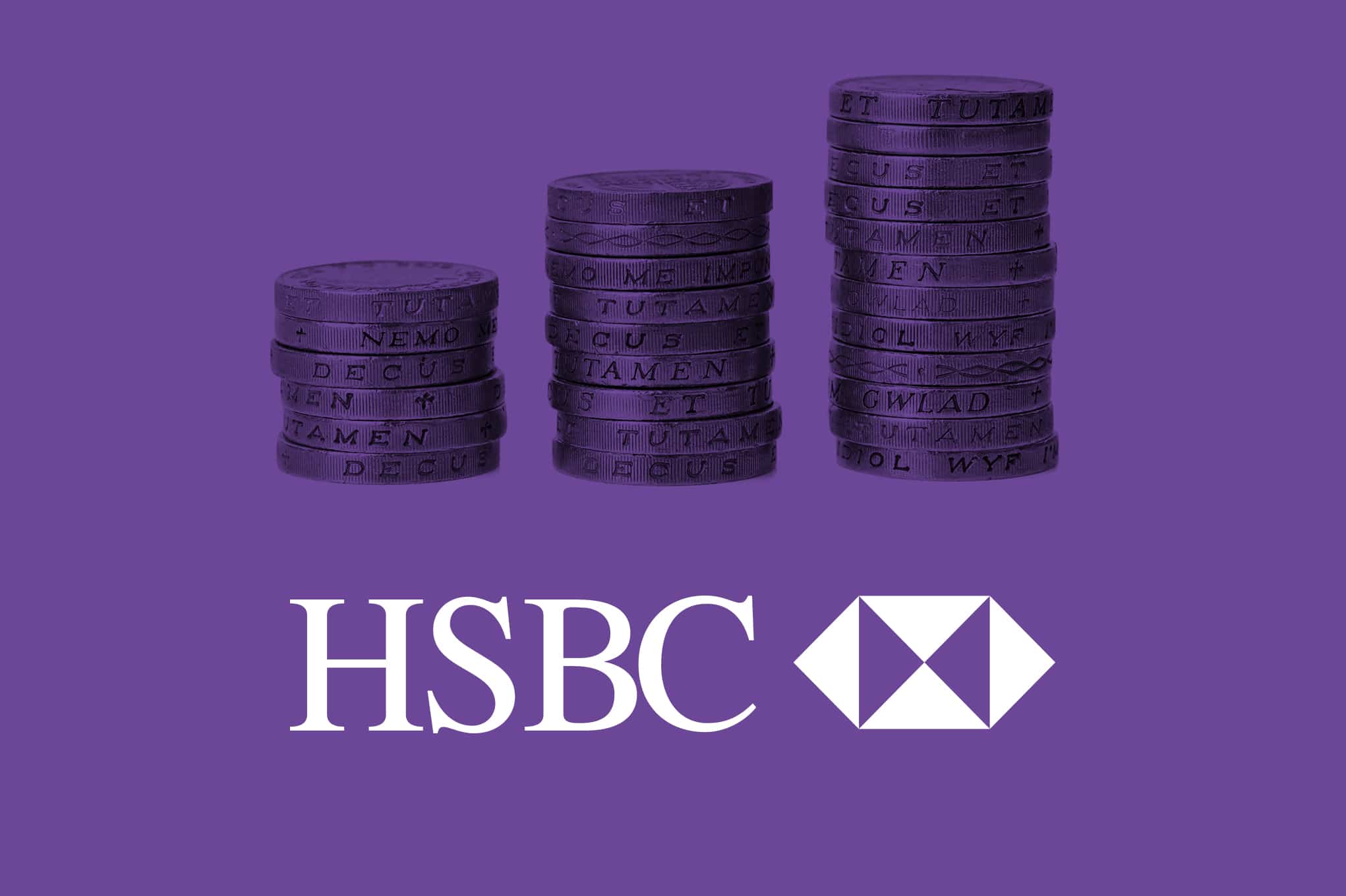Building your internal communications plan: The power of messaging harmony

The way that your brand communicates a message is just as important as the content of the message. When it comes to the world of internal communications, this concept is certainly true. The right corporate culture can promote a harmonised workforce that translates to real power for businesses in these challenging times.
Of course, to have a successful company culture, you need to effectively transmit the crucial elements of your company, from goals and values, to internal practices, to every employee and executive. After all, a unified organisation can only work with an effective two-way plan of communication. The more you build on your strategy, either with an internal communications agency, or team of branding experts, the more you hone in on the soul of your company.
Better communications lead to better productivity and engagement. This is because people are far more likely to be passionate and proactive if they understand their position in the corporate culture, and what the company stands for.
Unfortunately for most businesses, defining the perfect internal communications strategy isn’t always as simple as it seems.
What are internal communications?
A respected research consultancy, Gallup, published an oft-cited report a few years back, outlining that 70% of workers in the US aren’t engaged at work. The problem doesn’t get much better in the UK, with our country ranking towards the bottom of the engagement scale.
The problem with disengaged workers, is that they often promote lower productivity, poor customer satisfaction, and higher staff turnover. That means that companies spend more, and earn less. So, what can businesses do to reverse the engagement trend?
There are countless strategies out there for boosting employee engagement, but a good internal communications plan is usually a good way to start. After all, in a workplace study, one company found that improved communications can boost productivity by 35%!
So, what are internal communications?
Simply put, they’re all the interactions that take place within a business. That might include conversations between employees, meetings between executives and partners, and presentations to shareholders.
Most successful internal communications plans focus on finding an easier, and more effective way of communicating important information, while also using the right messages to inspire, and improve the workplace.
When there is no internal communications strategy in place for a business, things can begin to unravel quite quickly. Employees may begin to feel isolated within the company, or unconnected with the brand. A lack of formal strategy can also mean that your brand begins to suffer from inconsistency, caused by a lack of overall understanding.
After all, if your sales team and marketing team have different ideas of what your brand represents, you could find that you give your customers a more confusing overall experience. However, when everyone aligns towards the same goals, your entire business becomes more streamlined, effective, and connected.

The benefits of an internal communications strategy
Most of the time, businesses use their internal communications plan as a resource for helping them reach their overarching goals and share their fundamental missions, visions, and values with employees. When used correctly, an internal communications agency can even help to boost employee productivity, solidify trust and loyalty, and create a sense of community within your corporate culture.
Here are just some of the ways that you can enjoy the advantages of a great internal communications strategy.
1. Internal communications increase employee engagement
A good internal communications plan helps your employees to understand their place in the bigger picture. When companies feel as though they have access to the right information, and that they can share their opinion with the team, they feel valued, and respected. This encourages a stronger corporate culture that prompts staff members to contribute more, and put extra effort into their work.
2. Internal communications create employee advocacy
Who could be better at singing the praises of your company than the people who work there? Employee advocacy programs can help you to make the most of your staff’s position on social media channels, by giving you solid ambassadors for your brand. With the right internal communications strategy, your staff will know exactly how to share their experience with the outside world.
3. Internal communications promote better leaders
Communication is crucial for ensuring that leaders can do their job well. With the right internal communications plan, executives in your company can better understand what other staff members need to perform in their roles. These solutions can also play a huge role in giving leaders the tools they need to motivate, and inspire their employees.
4. Internal communications creates a community
A lot of companies recognise the value of brand/customer relationships in today’s marketplace. However, few pay enough attention to the relationships they build with their employees. When all members of a company have access to honest and open communication, this fosters easier collaboration, greater community, and even more creativity. After all, we’re more willing to explore risky creative ideas if we know we have the support of a team.
5. Internal communications build a ladder to organisational goals
Finally, good internal communications help employees to understand their work, and the brand. This means that staff have a new ability to get involved with the decision-making process, adapting their contributions so that everyone is working towards the same, unified outcome. Positive internal communication plans can banish the issues associated with misunderstandings and disjointed employees – even amongst teams who work with remote employees. In other words, no matter where your team members are, or what level they’re working at, they’ll all be on the same page.
The channels often used in an internal communications plan
As technology has evolved in the growing marketplace, the solutions that we use for internal communication strategies have changed too. Right now, there’s a range of communications channels for modern businesses. The fluctuating digital marketplace may mean that you need the help of an internal communications agency to help you decide which strategies are best for you.
Some of the top internal communications channels used today are:
Everyone (and their mum) has an email address. Recognised as one of the simplest and most effective forms of communication, email allows you to send a message instantly to a team member, or a group of workers, without having to pick up the phone. Of course, email does have its potential downsides – one of which being the average volume of messages we get every day. In 2015, office workers got around 121 emails every day. The high usage of email could mean that important messages get lost amongst the spam.
Corporate intranet
In an effort to deal with the “email problem”, some companies started using their own personal intranet. An intranet is basically a group bulletin board when you can store important information, reference essential files, and share details with a group. The only problem with the intranet is that team members can sometimes feel overwhelmed by the sheer amount of information available to them.

Newsletters
When used correctly, electronic (and traditional) newsletters can be a great channel for internal communications. With some valuable content and graphics, these solutions can keep your employees engaged, while conveying messages in a simple, and effective manner. Just make sure that your newsletter isn’t “all business”, otherwise your staff could end up switching off.
Posters and banners
Sometimes, a picture really is worth a thousand words. A message on a banner or poster can sometimes grab the attention of workers that are often overwhelmed by constant emails and phone calls. Although you might not be able to use posters for everything, they can be a good way to convey crucial aspects of your brand manifesto or identity to your workers, whenever they visit your office spaces.
Videos
Video is another great way to communicate with your team-members from a visual perspective. An internal communications agency can help you to create videos that help you to speak to your employees, show presentations to your investors, and more. Videos are a useful channel because they address multiple senses, can convey emotion, and can be more engaging than a block of text.
Team meetings
Sometimes, the best way to communicate with someone in your workforce is through a face-to-face interaction. Team meetings allow for direct human contact, and can be a great way for employees to get information. Sometimes, a carefully planned meeting can even help to make announcements more personal and relevant to the staff involved.
Steps for building your own internal communications strategy
Okay, so now that you know the basics of internal communications, you might be wondering about how you can develop your own plan. By following a few simple steps, or working side-by-side with an internal communications agency, you can develop a communications strategy specifically designed for your brand.
Here are a few steps that might help:
Step 1: Envision, plan, and strategise
One of the key benefits of working with an internal communications agency, is that they’ll be able to help you evaluate your brand and come up with an internal communications strategy. However, whether you have a professional team to help you or not, you’ll need to take the time to cultivate a strong plan.
Ask yourself what you want internal communications to do for your company and team. What are your current goals and how do you plan to reach them? Do you have an internal communications plan now, and if so, what’s wrong with it? How soon are you hoping to reach your goals?
Before you do anything else, answering these key questions will help you to form a cohesive plan for your internal communications strategy. While a good plan might need some adjustment over time, it will at least provide a good starting point.
Step 2: Include metrics wherever possible
Being able to see and quantify exactly how your company is responding to your new internal communications plan can do wonders for your business. Make sure that you find a way to measure your results, using metrics that inform you of current and past performance within the brand. Sometimes, you can even use the information you gather to better motivate your employees.
For instance, digital signage can be a great way to display metrics within an office environment, and inspire staff by showing them you appreciate their hard work.
Step 3: Do research before you begin
Whether you’re conducting interviews, running focus groups, or sending out surveys, research can be essential to your internal communications. The more you speak to your employees, the more you can learn about what they expect from your internal communications plan. Conversations with your team can give you the ultimate insight into what information could help them to be more productive.
Talk to your employees about how they want to receive information from you, and what they’d like to learn about. Of course, as things change, and your organisation grows, it makes sense that you might need to revisit this information periodically.
Step 4: Define the channels and tools you’ll need
What kind of channels are you going to need to use to direct your message to your intended audience? Some messages work better conveyed through different channels to others, so make sure that you’re thinking about how you communicate.
For instance, you might announce small updates about a project that your team is working on in a weekly group meeting, whereas you address an important change in the business during a company-wide newsletter.

Step 5: Assess your delivery strategy
Remember, any internal communications strategy should focus on delivering the right message, to the right people, at the perfect time. When you’re speaking to your internal communications agency about the tools and channels you can use, remember to put some thought into delivering the message.
When creating your delivery strategy think about:
- Who needs what information, and by when?
- When can you best deliver the message?
- Do you need to send the message more than once?
- How will you know that the message was received and understood?
Step 6: Always allow for feedback
A good internal communications strategy isn’t just about making sure that you can reach out to your staff and team members. You also need to be sure that your workers can communicate with you. Whether you’re laying out a strategy for the first time, or adapting an existing one, make sure that feedback is always encouraged.
One of the best ways to build an effective internal communications strategy, is to make it clear that you’re happy to hear new ideas about what your plan should entail, and how it can serve your brand.
Step 7: Keep learning and improving
Finally, remember that the metrics you gather from your internal communications plan shouldn’t just be a method of tracking progress. You’ll also need to learn from that data and optimise your efforts in response. For instance, at each staff meeting, you can take a moment to reflect on your internal communications solution, and how it’s working for everyone involved.
Alternatively, try building questions about your internal communications strategy into your employee satisfaction surveys, by asking things like:
- How well do you think we’re communicating as a business?
- Are our organisational visions and values clear?
- How effective are we at keeping each other informed about brand progress?
- Do we communicate in a timely fashion?
- Is there anything about internal communications you think we could improve on?
Examples of companies with great Internal communications plans
At Fabrik, we know that sometimes the best way to understand something, is to see an example of it in action. With that in mind, we’re going to introduce you to some of the most effective internal communications plans introduced by famous brands across the world.
1. HSBC: Shut up and listen
In 2015, HSBC noticed a general feeling of discomfort and distrust among its employees. The internal communications agency in charge felt it was necessary to open a connection between the senior management team, and the employees. This lead to the development of the “Shut up and Listen” programme.

This internal communications strategy gave employees access to conversations with their executives where leaders weren’t allowed to counteract or interrupt. Basically, staff could pour all of their ideas out, and the only thing the bosses could do, was listen and take notes.
2. ScrewFix: Constant feedback preferred
One of the ways that UK-based hardware company ScrewFix keeps its employee engagement in check is by developing an honest, open company culture. Every two weeks, employees can offer feedback to their managers, without any worry of reprimand for touching on “taboo” subjects. Feedback can be about everything, from interactions with customers, to product development.

The ScrewFix internal communications strategy came after the business asked their employees what they wanted to see from the company. By having this method in place, the brand has created a positive company culture where everyone feels like part of a team.
3. Adidas: It’s okay to fail
In an effort to focus more on their internal communications strategies, Adidas asked their employees “Do we listen?”. The general response was that the company was “hearing” their staff, but not listening to their concerns. Adidas quickly jumped to action with an internal communications agency, to create a programme of team visits, director briefs, and personalised bulletins. The problem is – it didn’t work.

Adidas struggled to get a response because they had failed to find out how their employees wanted to communicate with them, before they got started on a plan. After actually talking to their staff, they found out that 94% of the workforce is Gen Y, which made a mobile app an ideal communications choice. Adidas showed us that it’s okay to get it wrong, as long as you learn from your mistakes.
4. Odeon: Investing in employer brands
2015 was a year that sponsored a great deal of growth in the Cinema industry, with a range of massive movies hitting the screen. ODEON were keen to differentiate themselves from other movie theatres, and they knew that the best way to start building their brands, was to work on their employees. With more than 9,000 employees across Europe, the company jumped to create an internal communications strategy that worked.

Rather than just looking at resources for communication, Odeon ensured that their brand manifesto was strong, showing the vision and values that they wanted their staff to adhere to. Odeon understood that branding was about more than logos and advertisements, it was about a consistent experience.
5. Siemens: Engagement is everything
Finally, Siemens have recently earned commendation for their internal communications efforts, which focus on fostering engagement and understanding. Communication within Siemens comes from employee involvement, so that every staff member becomes a brand ambassador.

Siemens tell all their employees that whether they know it, or not, they’re an ambassador of the company. Communications remain consistent for everyone too. Even the 5,000 employees without internet access get a paper print-out of crucial company data.
Using internal communications for your company culture
Good internal communications might seem complex, but it doesn’t have to be. With the help of an internal communications agency, and a little planning, you can figure out exactly what you need to say, and how to say it.
Perhaps the most important thing to remember before you get started on your internal communications plan, is that before you can begin speaking, you need to know how to listen. Take the time to get to know your staff, and what they need from your company. Ask your employees how internal communications can benefit them, and what challenges they face each day.
If you don’t have a clue what it’s like to be a worker within your organisation, then you can rest assured that this will come across in your internal communications strategy. Employees, just like customers, know when they’re being heard.
Good internal communications are just like good external communications. It starts with understanding your audience, listening to their needs, and concerns, and responding to them. One size doesn’t fit all, and you shouldn’t be afraid of trying something new if it suits your company culture.
If you enjoyed this article, you might enjoy these too:
— What is employee engagement?
— How to write a brand manifesto











